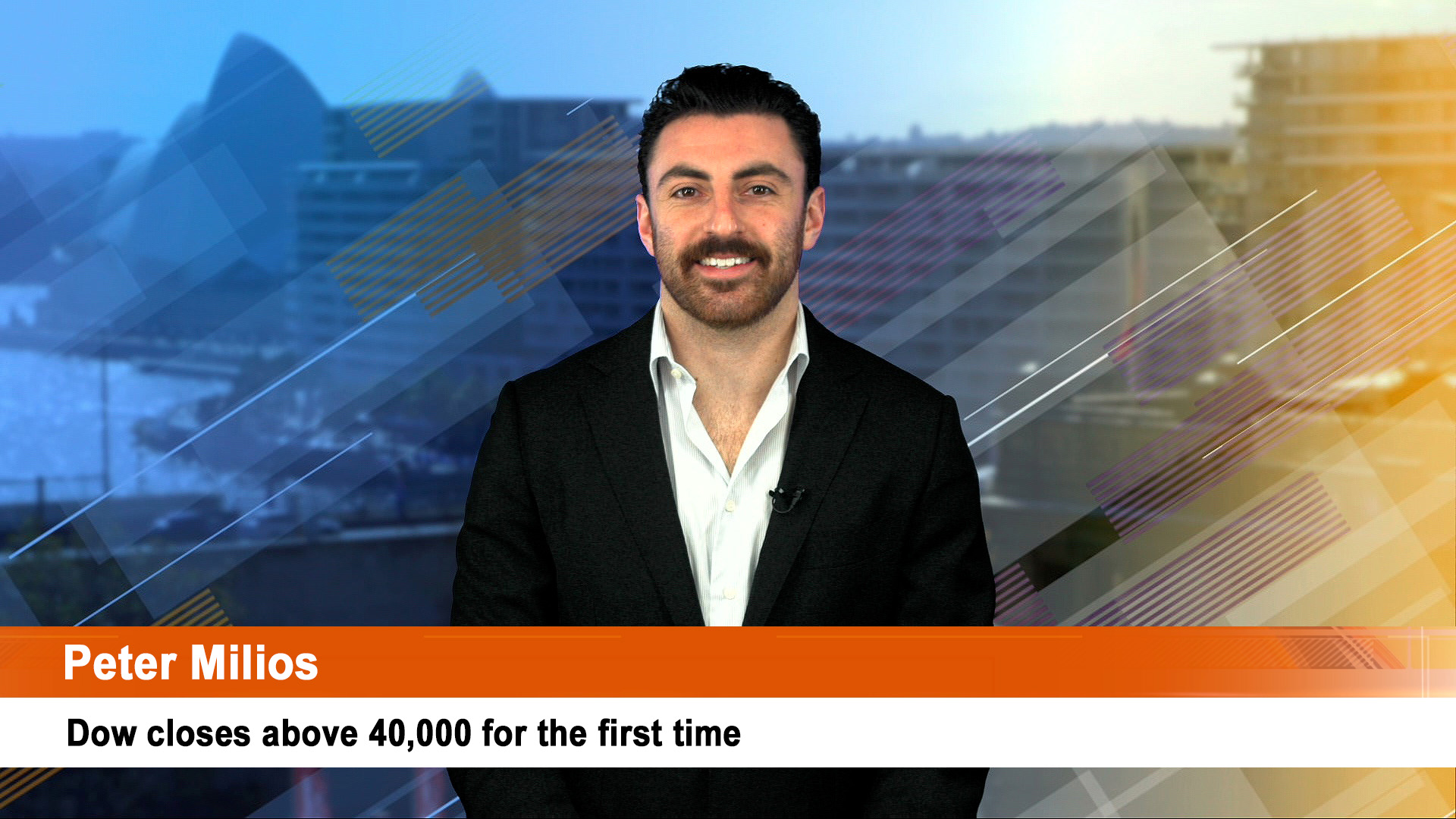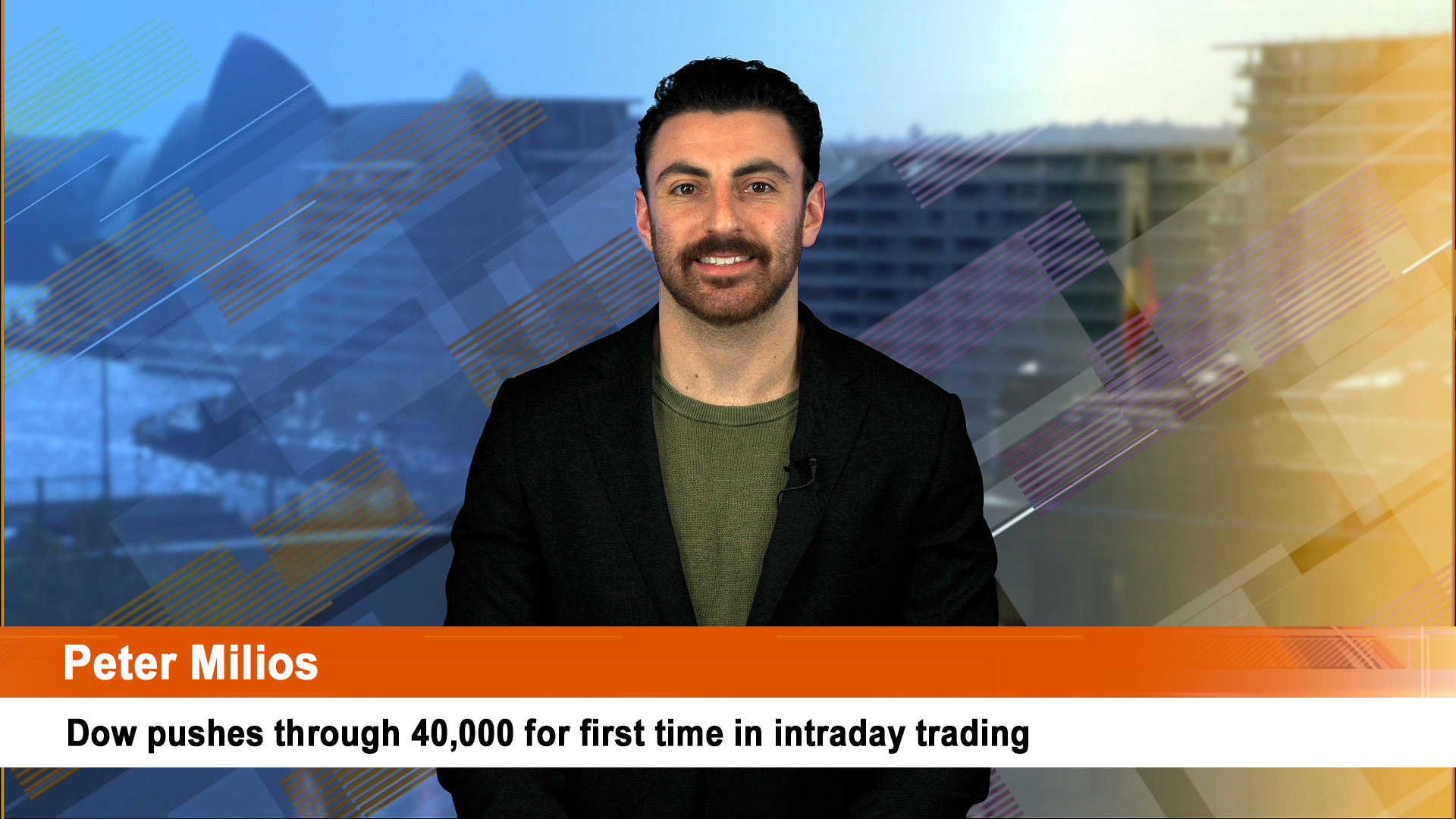So far as Australian investors are concerned there’s only one issue to deal with this week and that’s the first Reserve Bank meeting of 2023 and an expected rate rise of 0.25%.
But less than a day after the Reserve Bank’s decision, Fed chair Jay Powell is due to speak on Tuesday lunchtime US time in Washington and economists now expect him to take a more hawkish approach after the shock of the 517,000 new jobs in Friday’s January jobs data.
After all Powell did warn in his Jackson Hole speech late last August that “While higher interest rates, slower growth, and softer labor market conditions will bring down inflation, they will also bring some pain to households and businesses.”
Those remarks have been forgotten by investors in their haste to call the end to interest rate rises in the 2023 rebound.
Hours after the Fed chair speaks, President Biden is due to give its 2023 State of the Union address before both houses of the US Congress. With the debt ceiling brawl hanging over the government and Congress, there will be more interest in the speech than usual.
But for local markets though, it will be the RBA’s decision and post-meeting statement tomorrow and new economic forecasts for 2023 and 2024 and Friday’s first Statement of Monetary Policy for the year from the bank.
The RBA is expected to raise the cash rate by another 0.25% taking it to 3.35% the highest level since September 2012, making it the ninth rate hike in a row over ten months totalling 3.25% basis points.
AMP chief economist, Shane Oliver says “This will exceed the 2002-2008 tightening cycle (which amounted to 300 basis points spread over 71 months) making it the biggest tightening cycle in the last 30 years. “
“There remains a strong case for the RBA to pause given the rapid rate hikes to date, to allow for the lagged impact of rate hikes to work and given the risk of unnecessarily knocking the economy into recession.
“And we think they should pause in February, particularly given the weakness in housing indicators and consumer confidence and early signs of weakness in retail sales and inflation pressures.
“However, given the stronger than expected rise in underlying inflation in the December quarter, the RBA is likely to want to reinforce its inflation fighting credentials again to keep inflation expectations down particularly given the risk of wages breakout.
“So, we expect the RBA to raise its cash rate again by another 0.25% on Tuesday. Given the rise in underlying inflation a 0.4% or 0.5% hike is possible, but it’s unlikely as the RBA is likely to balance the inflation data against the signs that its rate hikes are getting traction and would regard a bigger move as overkill.”
“… with signs inflation has now peaked & growth slowing we expect that 3.35% will likely be the peak in the cash rate,” Dr Oliver wrote at the weekend.
The post-meeting statement will mention the new economic forecasts that will appear in the RBA’s quarterly Statement on Monetary Policy on Friday with its updated estimates on inflation, wages growth, economic growth and most important, headline and core inflation projections.
“We expect it to revise up its June 2023 trimmed mean inflation forecast to 5.8%yoy to reflect the higher December quarter outcome and to revise up its year end unemployment rate to 4% but to leave its year end growth and inflation forecasts – which see growth slowing to 1.4% this year and inflation slowing to 4.7% – pretty much unchanged, “Dr Oliver wrote.
“Its wage growth forecasts – which see a rise to 3.9% by year end – are probably the key to watch in terms of the interest rate outlook,” Dr Oliver added.
Australia also sees the first week of the December 31 reporting season for both interim reporting companies and full years (like Rio Tinto) and first quarter updates (like the NAB and other big banks.
On the data front in Australia, December quarter retail sales (out today) are forecast to show a fall of 0.9% from the September quarter (and after inflation of 1.9% in the quarter, the real fall will be closer to 3%) and the trade surplus (Tuesday) is forecast to fall to $11.5 billion.
Apart from Powell’s speech, it’s a quiet week in the US with only another week of quarterly reports. Powell will speak during a discussion with a think tank at lunchtime, New York time on Tuesday, so his comments will come in real time for investors which could end up been a bit scary.
Chinese inflation data for January will be out Friday and is expected to rise to an annual rate of 2.4% while producer price inflation is forecast to remain at a negative 0.5% year on year.
…………
And in India, reporting calendars have companies in the under-pressure Adani Group, led by key company Adani Enterprises, due to report this week. It will be the most important earnings release globally this week.
The company’s website and calendars say the report will be released on Thursday, February 9.
The group’s market value has now shrunk by $US110 billion by Friday’s close since the Hindenburg short selling group released its now controversial report on January 24 that cast doubts on the level of debt and financial strength of the group.
French energy giant Totalenergies is a shareholder in Adani Total Gas Limited and Adani Green Energy Limited. Totalenergies said at the weekend that investment had a value of $US3.1 billion as it tried to address questions from its investors about the Adani links.
The Financial Times’ Lex column said at the weekend that “Adani’s star shows every sign of burning out,” a telling remark if it proves to be the case.
Totalenergies’ 4th quarter and 2022 results are out Wednesday of this week, a day before the Adani Enterprises reports, The French group’s report and valuations of its Adani investments could tell us a lot about Adani’s future. The FT’s Lex column advised French companies to write down the value of its Adani investments.
The Adani story should be of considerable interest here as more and more Australian companies have been looking at India as an investment opportunity and trying to find partners and help. Adani was a logical port of call for many Australian groups until the Hindenburg report.
The FT pointed out that Adani “can’t afford to lose the support of Totalenergies”. One question for Australia is the future of the Carmichael coal mine and Abbott Point coal export terminal north of Bowen. Could they be sold if Adani needs to raise new funds?
The calling off of the $US2.4 billion capital raising last week after it had been fully subscribed, was designed to be a circuit breaker but it didn’t – Adani shares kept on falling until Friday.
Forbes magazine at the weekend claimed that several investors and others involved in the $US2.4 billion raising had links to Adani.
“Three investment funds with ties to the Adani Group committed to buying up shares as investors in Adani Enterprises follow-on stock offering, which was abruptly cancelled Wednesday following a drop in Adani Enterprises’ share price in the wake of U.S. short seller Hindenburg Research’s 100-page report,” Forbes reported.
“Two Mauritius-based funds, Ayushmat Ltd and Elm Park Fund, and India-based Aviator Global Investment Fund, together agreed to buy 9.24% of all shares available to anchor investors, the institutional investors who are allotted shares a day before the public offering.
“That percentage represented an investment of just $66 million, but is likely more evidence of Adani getting help from affiliated parties.
“The three funds’ ties to Adani have not previously been reported, and follow Forbes’ report Wednesday that two of Adani Enterprises’ book-runners, Elara Capital and Monarch Networth Capital, were alleged to be Adani affiliates by Hindenburg,” the magazine revealed.













